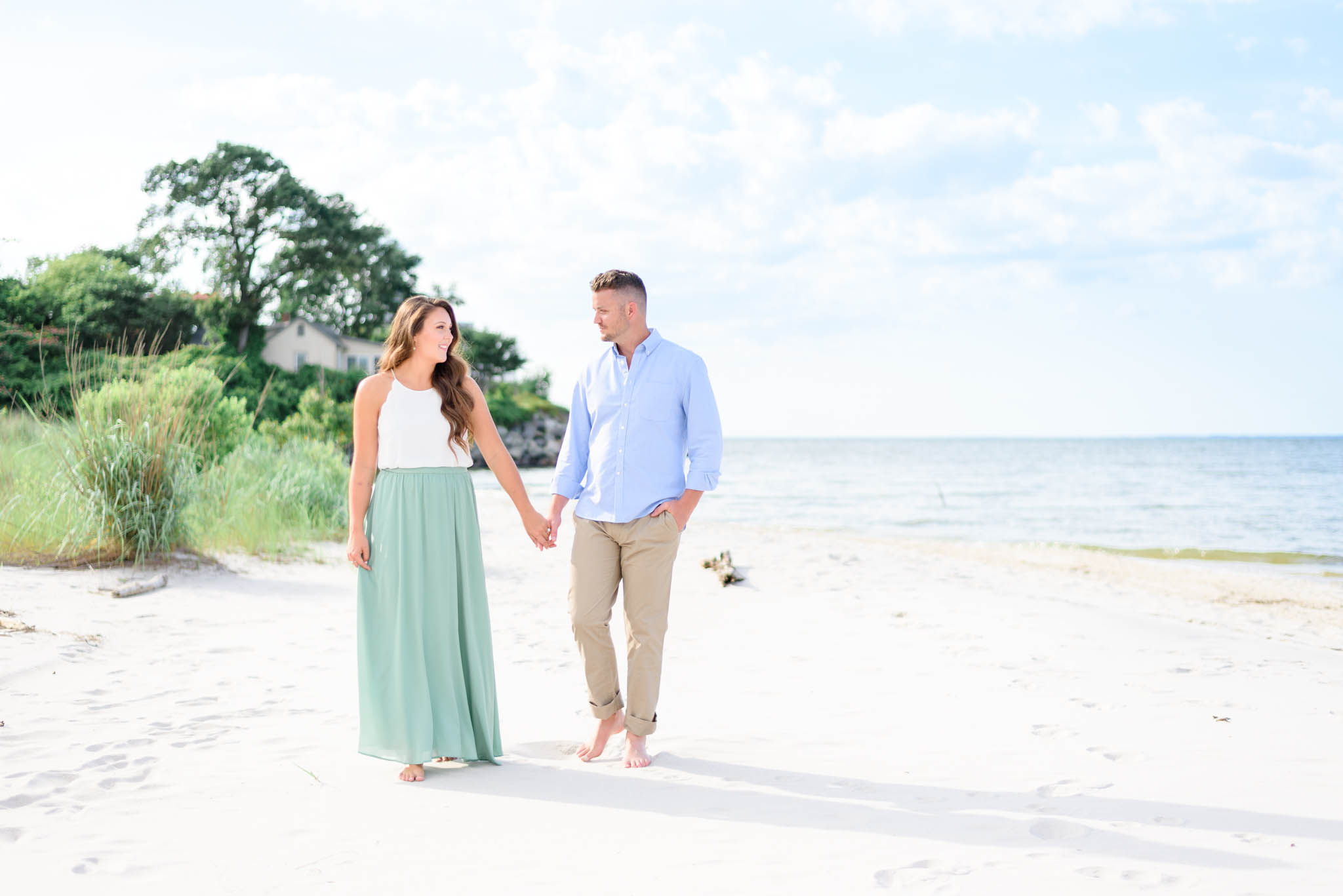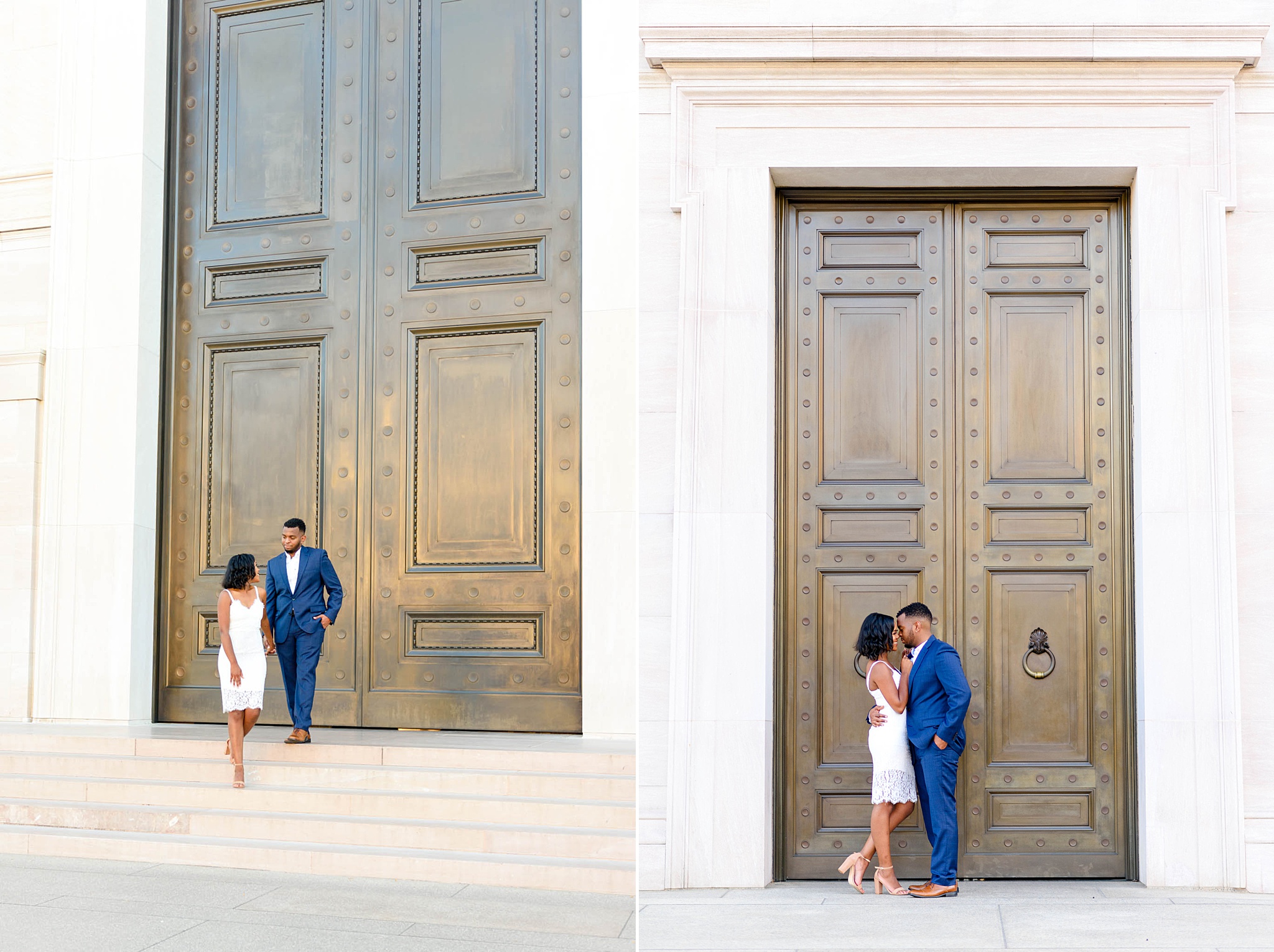Finding great natural reflectors is a secret hack that I use to make sure that my clients look amazing in photos. In last week’s blog post I talked about how you can identify and analyze the available light around you so that you can take beautifully lit images.
(If you missed that lesson, simply click here to check it out: How to Find the Best Light for Your Photos)
There’s one more quick hack that I want to share with you so that you know exactly where to place your subjects in any situation in order to get beautifully lit, crisp, and clear images.
Let’s chat about natural reflectors!
I’m sure you’ve heard this term before, but what is a natural reflector? In short, a natural reflector can be anything that reflects natural, clean light onto your subject. A few examples are:
- white walls
- pavement / sidewalks
- gravel
- light colored sand
- light colored buildings
What happens is that when the sun hits any of these light colored surfaces, the light will bounce off and illuminate your subject beautifully. Contrary to this, if you were to place your clients in an area surrounded only by green grass, the light that will be bounced back onto their skin will create a green color cast which is very hard to edit out in post-processing.
Here are some examples!
1. White Walls
I shot this image close to sunset, so I did not have a lot of clean light available. But because I placed the couple close to the beautiful white columns and walls, the light that reflected back onto my couple allowed for their skin tones to look perfect.

2. Pavement / Sidewalks
Paved roads or sidewalks can also be great natural reflectors. In the image below, the large paved area is helping bounce light up towards the couple’s faces which gives us those beautiful skin tones.

3. Gravel
Every time that I shoot in a place with a lot of grass, I look for a sidewalk or gravel area because I know that it can reflect beautiful light onto my subjects’ faces. In the example below, I was able to still have a beautiful green background, but by placing my couple in the gravel area, their skin tones don’t have any green color casts from all the grass. If I had placed the couple facing the grass area, their faces would have had a lot of dark shadows, in addition to the color cast.

4. Light Colored Sand
In this example, the light is slightly to the left behind the couple. The light colored sand is acting as a natural reflector bouncing clean light back onto the couple’s faces so that their skin tones look perfect.

5. Light Colored Buildings
Light colored buildings can also serve as natural reflectors to illuminate your subjects’ faces. This is one of my absolute favorite locations because no matter what direction I photograph my couple from, there is going to be beautiful clean light reflected back onto their skin from the light bouncing off of the natural colored building. Win-win all around!

These are the 5 most common natural reflectors I like to use in my photos in order to photograph my clients’ in some absolutely amazing light!